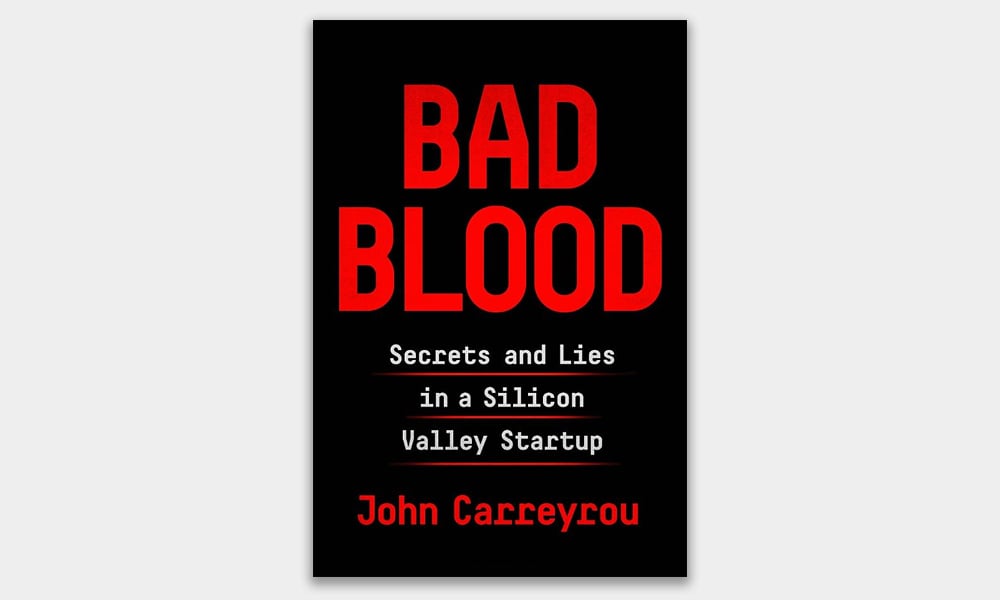People bought in very quickly to the rise of Silicon Valley. Once tech companies started to hit it big, venture capitalists were cutting each other’s throats and tripping over the corpses to try and find the next Apple, Google, Microsoft, or whatever else that side of the country could produce. Half the time, they didn’t even stop to ask whether or not the product or service they were backing was good for the world, built on a solid foundation, or even worked in the first place. The region’s industry worked so fast and produced such an inordinate amount of billionaires, VCs knew if they missed one, no matter what the reason, their career was over.
That could be why a company like Theranos found itself valued at $9 billion dollars so quickly. Its founder, Elizabeth Holmes, promised a medical revolution when she talked about how easy and quick her new blood testing method was. Holmes’s personal worth grow to $4.7 billion too. People were dying to get involved in Theranos on the ground floor, desperately hoping it would turn into the next runaway Silicon Valley success.
But astute readers, especially ones who have gotten blood tests any time in the past four years, should notice the medical industry remains un-revolutionized. Blood tests are approximately the same as they’ve been, at least for the recent past. Theranos isn’t a name that carries any positive reputation anymore, and this article might even be the first time some of us are hearing about the company. The reason behind it all is simple. Holmes was waxing poetic about a technology that didn’t work and Theranos promised a blood testing method that didn’t exist.
John Carreyrou was the journalist who was first to question the company’s outlandish promises and sticks with the subject in Bad Blood: Secrets and Lies in a Silicon Valley Startup. The book explores just how far reaching the fraud was, how so many fundraisers (not to mention the general public) were duped, and why people continue to inherently trust the startups of Silicon Valley. The book demonstrates the company’s greed, fraud, and abuse almost all the way down, and shows the corruption people thought was limited to Wall Street, Washington, and the East Coast in general absolutely wasn’t.




